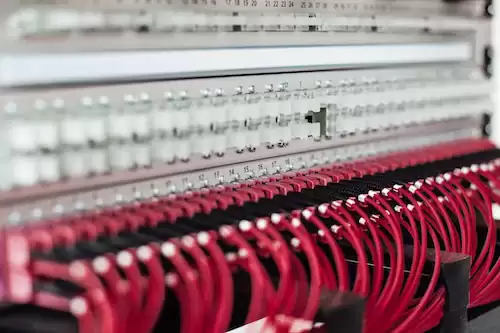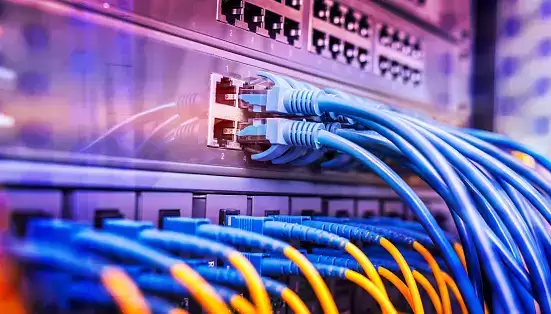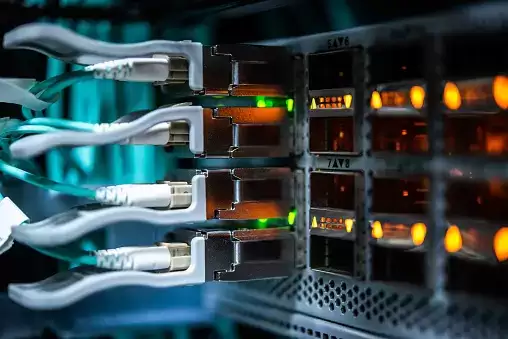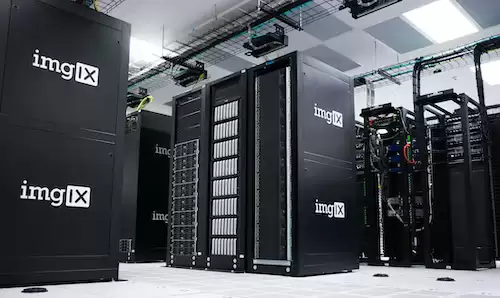Businesses primarily rely on data centers to store, analyze, and communicate enormous volumes of information in today’s data-driven society. For organizations to remain competitive and satisfy the increasing demands of their customers, these data centers’ performance and efficiency are essential.
The network switch is one crucial element that significantly impacts data center performance. Various advantages, such as improved speed, scalability, reliability, and security, can be had by upgrading to cutting-edge switches.
This article examines how maximizing switching efficiency with state-of-the-art switches can improve data center performance.
Relationship between Data Center and Switches
Since switches are crucial to the effectiveness and functionality of data centers, the relationship between switches and performance is quite important. Switches are networking tools that link various network components and make sending data packets between these components easier.
- Data center switch directly impact the speed and throughput of data center operations. High-speed connectivity is necessary for seamless data transmission due to the exponential development of data traffic in modern data centers.Modern switches offer excellent rates of up to 100 Gigabits per second (Gbps) and are built to accommodate growing data needs. These switches ensure data can move between devices fast and effectively, reducing latency and enhancing overall performance.
- Scalability is made possible in data centers by switches. The infrastructure must support the development as firms grow and their data processing needs rise. Modern switches provide improved scalability, making it simple for organizations to add or remove buttons, include extra ports and modules, and increase capacity.This scalability guarantees that data centers can meet the expanding business demands without interfering with company operations, resulting in the best performance and flexibility possible.
- Switches also help ensure that data centers are reliable and operational. For firms, downtime may be disastrous, leading to both financial losses and reputational damage. Modern switches are constructed with failover and redundancy features to prevent single points of failure. These features guarantee that the network can immediately reroute traffic through alternate channels if one switch or link fails, minimizing disruptions and maximizing uptime.
- Plugs are essential to the security of data centers. Data centers are prime cyberattack targets because they hold sensitive and valuable information. Access control lists (ACLs), VLAN segmentation, and cutting-edge encryption methods are all included in modern switches.The integrity and confidentiality of the data are protected by these security measures, which also guard against unauthorized access and harmful activity on the data center infrastructure.

Reasons why Switches Improve Data Center Performance
Enhanced Speed
Speed is essential for guaranteeing effective operations in data centers because they handle enormous data traffic. Due to their low bandwidth capacities, traditional switches frequently find it challenging to keep up with the rising data demands.
On the other hand, modern switches are built to handle high-speed connectivity, enabling faster data transmission and lower latency.
These switches enable data centers to process and transport data at previously unheard-of rates, leading to better overall performance. They can handle speeds of up to 100 Gigabits per second (Gbps) and beyond.
Scalability
Businesses’ needs for data centers increase along with their growth. Scalability becomes crucial to meet the rising demands for storage and processing power.
Modern switches provide improved scalability choices, making it simple for organizations to expand their data center infrastructure without affecting business operations.
These switches frequently have modular designs that make it possible to integrate extra ports and modules as needed easily. Data centers can quickly adjust to shifting business needs and future-proof their infrastructure with the flexibility to add or remove switches and grow capacity on demand.
Improved Reliability
Data center failures can have severe consequences for businesses, including financial loss, reputational damage, and disgruntled customers. Modern switches are built with dependability in mind and integrate cutting-edge technologies to guarantee ongoing operation.
Reduce downtime and remove single points of failure using failover capabilities and redundancy strategies like hot-swappable fans and power supplies.
Additionally, these switches usually have state-of-the-art management and monitoring technologies that give detailed insight into network performance in real-time, making preventative maintenance more accessible and reducing the likelihood of unanticipated outages.

Enhanced Security
Data breaches and cyberattacks offer serious risks to data centers, potentially damaging sensitive data and having severe financial and legal ramifications. Modern switches include robust security mechanisms that guard against malicious activity and unauthorized access to the data center’s infrastructure.
These switches frequently come with integrated security protocols, including Advanced Encryption Algorithms (AES), Virtual LAN (VLAN) segmentation, and Access Control Lists (ACLs). Furthermore, many modern switches enable network segmentation, allowing businesses to separate essential applications and data from the rest of the network and so enhancing security.
Energy Efficiency
Massive energy consumption by data centers contributes to their high operating costs and negative environmental impact. Traditional switches frequently lack energy-saving capabilities, which results in excessive power usage and unneeded expenses. On the other hand, modern buttons are made with energy conservation in mind.
They implement energy-saving innovations, including Energy Efficient Ethernet (EEE), which dynamically modifies power consumption in response to network activity.
Additionally, these switches have sophisticated power management features that enable administrators to optimize power distribution and lower energy waste. By implementing advanced controls, businesses can dramatically reduce their carbon footprint and save money using less energy.
Simplified Management
Complex data center network management can be a challenging endeavor. Modern switches, however, include sophisticated control capabilities that make network administration and monitoring simple.
The ability to configure, monitor, and troubleshoot switches from a single interface is made possible by the centralized management platforms many switches offer. These platforms give network managers a unified view of the whole network infrastructure.
Businesses can streamline network installation, setup, and maintenance chores by using switches that frequently offer automation and programmability.
Modern controls streamline network administration procedures, freeing up important IT resources and allowing administrators to concentrate on critical projects.

Conclusion
There are various advantages of utilizing cutting-edge switches to improve data center performance. Numerous benefits are offered by these switches, including increased speed, scalability, dependability, security, efficiency of energy use, and ease of management.
By investing in the newest switch technologies, businesses can make the most of their data centers while ensuring optimal performance, simple scalability, and robust security for their vital activities. It is impossible to overstate the importance of employing cutting-edge switches, given our increasing reliance on data centers.











